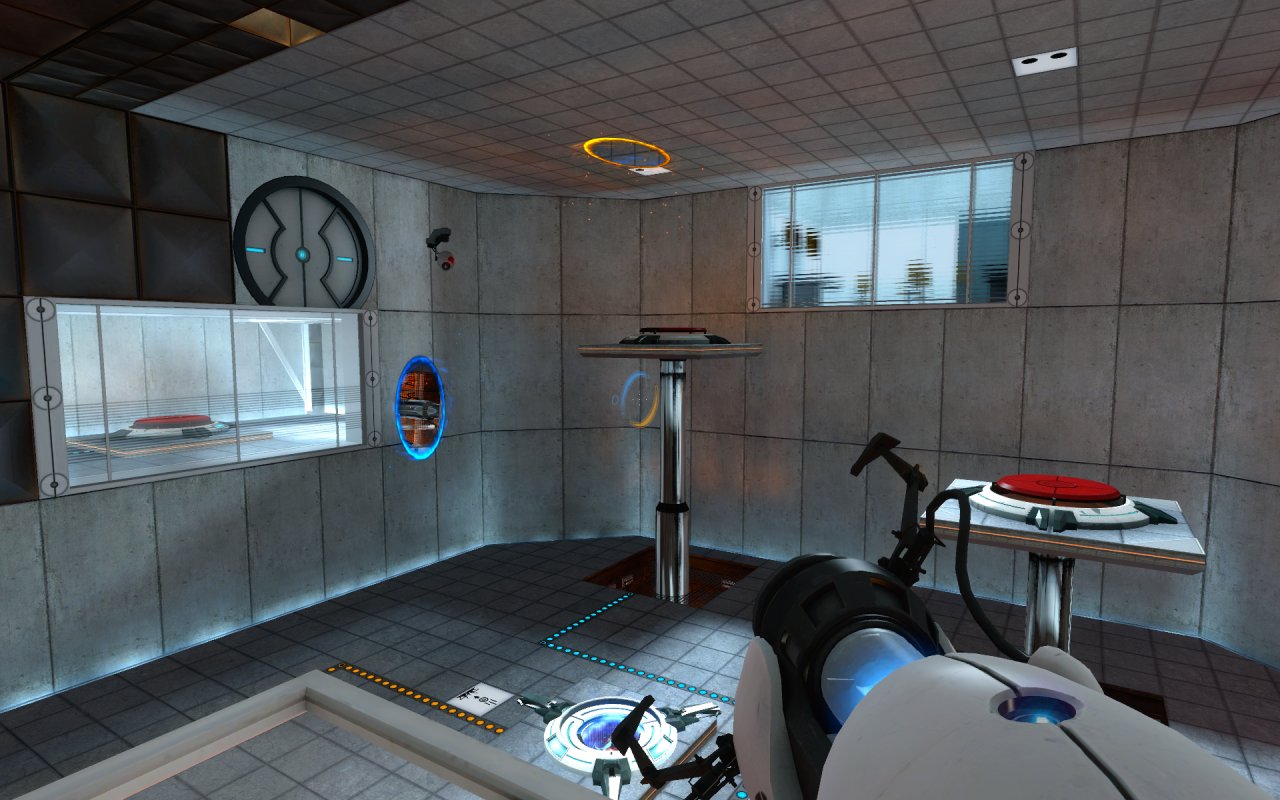


Unlike oxygen or nitrogen (which make up most of our atmosphere), greenhouse gases absorb that heat and release it gradually over time, like bricks in a fireplace after the fire goes out. Warmed by sunlight, Earth’s land and ocean surfaces continuously radiate thermal infrared energy (heat). Why carbon dioxide mattersĬarbon dioxide is a greenhouse gas: a gas that absorbs and radiates heat. The annual rate of increase in atmospheric carbon dioxide over the past 60 years is about 100 times faster than previous natural increases, such as those that occurred at the end of the last ice age 11,000-17,000 years ago. Between 2009-18, however, the growth rate has been 2.3 ppm per year. In the 1960s, the global growth rate of atmospheric carbon dioxide was roughly 0.6 ± 0.1 ppm per year. The more we overshoot what natural processes remove, the faster the annual growth rate. 2019).Įach year we put more carbon dioxide into the atmosphere than natural processes can remove, which means the net global amount of carbon dioxide rises. While the terrestrial biosphere is currently also a sink for fossil fuel CO₂, the cumulative emissions of CO₂ from land use changes such as deforestation cancel terrestrial uptake over the 1850–2018 period (Friedlingstein et al. The rest of it has partially dissolved in the world’s oceans…. About half of the CO₂ emitted since 1850 remains in the atmosphere. For 2018 alone, global fossil fuel emissions reached 10 ± 0.5 Pg C yr−1 for the first time in history (Friedlingstein et al. According to State of the Climate in 2019from NOAA and the American Meteorological Society,įrom 1850 to 2018, 440 ± 20 Pg C (1 Pg C = 10¹⁵ g C) were emitted as CO₂ from fossil fuel burning (Friedlingstein et al. Fossil fuels like coal and oil contain carbon that plants pulled out of the atmosphere through photosynthesis over many millions of years we are returning that carbon to the atmosphere in just a few hundred years. Ĭarbon dioxide concentrations are rising mostly because of the fossil fuels that people are burning for energy. Graph by NOAA based on data from Lüthi, et al., 2008, via NOAA NCEI Paleoclimatology Program.

On the geologic time scale, the increase (orange dashed line) looks virtually instantaneous. During these cycles, CO 2 was never higher than 300 ppm. The peaks and valleys track ice ages (low CO 2) and warmer interglacials (higher CO 2). Global atmospheric carbon dioxide concentrations (CO 2) in parts per million (ppm) for the past 800,000 years.


 0 kommentar(er)
0 kommentar(er)
